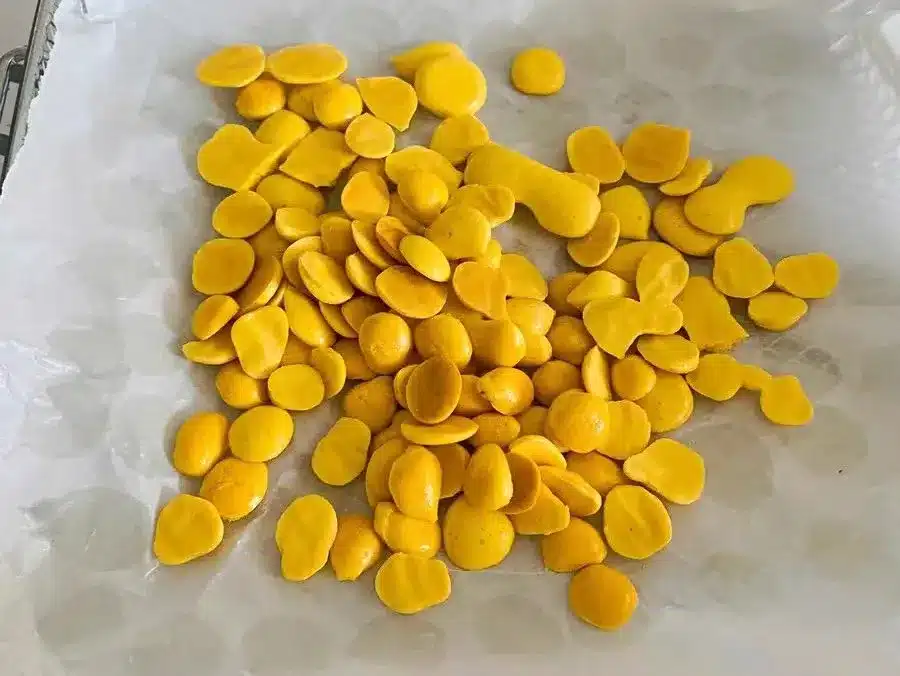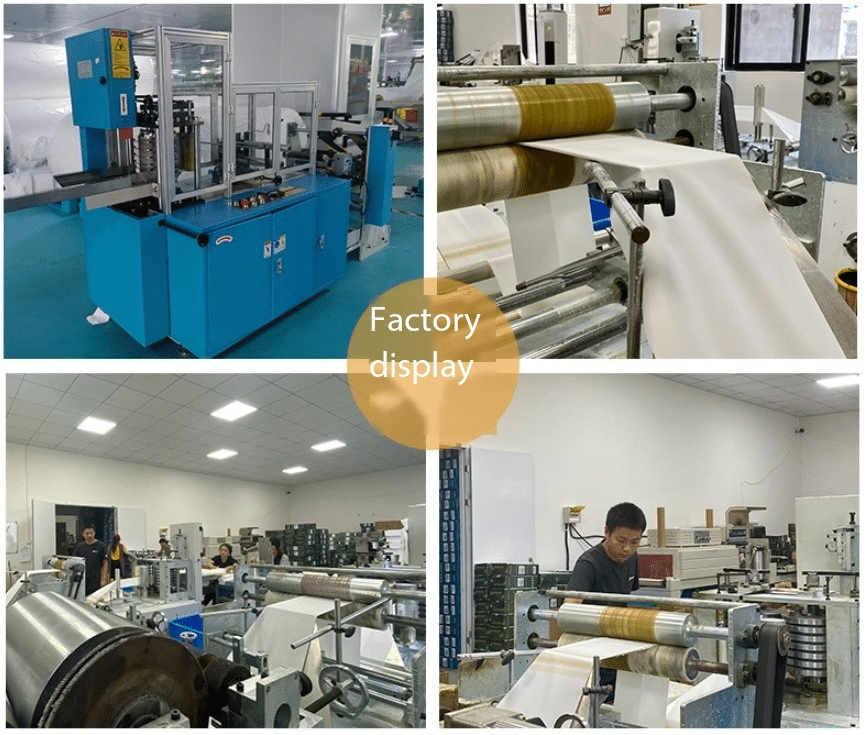- What is paper napkin?
“Tainted Tissue Paper” Exposed
- By Top Napkin

Tissues: A Common Item with Hidden Dangers
Tissues are one of the most commonly used items in daily life. Whether it’s washing hands, finishing a meal, or using the restroom, we all rely on tissues to clean up. However, did you know that there are hidden risks in tissue usage? If you choose or use the wrong type, it might unknowingly harm your health. Here are three common tissue usage misconceptions:1. Wrapping Food with Tissues? It’s Best to Avoid It
Many people, when they don’t have a food bag or a storage container, casually use a few tissue sheets to wrap food. While this might seem “hygienic,” it may not be.- Lack of Sterilization: Tissues are usually not sterilized, so they may carry a significant amount of bacteria. This is especially true for tissues that have been opened and exposed to the air for a long time.
- Fluorescent Whitening Agents: Some tissues contain fluorescent whitening agents. When these tissues come into contact with food, especially greasy foods, these agents can transfer from the tissue to the food. The higher the temperature of the food, the more the whitening agents are transferred. This increases the liver’s detoxification burden after consumption.
Can Kitchen Paper Wrap Food?
Some may ask: If regular tissue isn’t suitable, can kitchen paper be used? The answer is: No, most kitchen papers are not suitable for direct food contact. Kitchen paper is mainly used for cleaning kitchen surfaces and absorbing oil and moisture, and is not designed to wrap food. If you need to wrap food or absorb moisture or grease, it’s best to use special baking paper (also known as cooking paper or oil-absorbing paper).
2. Using Tissue in Public Restrooms? Try to Avoid It
Many public restrooms provide tissues for convenience, but the hygiene of these tissues might be questionable.- Improper Handling: Have you ever seen a janitor place a roll of tissue on the floor or re-roll a tissue that had touched the ground? These tissues can easily pick up dust, bacteria, and other contaminants.
- Bacteria Spread: When flushing toilets, bacteria from feces can be dispersed as water splashes or aerosol droplets. Studies have found that the areas with the highest concentrations of pathogenic bacteria in public restrooms are the tissue dispensers, the tissues themselves, the restroom door handles, and the hand dryers. Therefore, it’s recommended to bring your own tissues when using public restrooms, and only use the provided tissue if necessary.
3. Are Wet Wipes with Antibacterial Ingredients Healthier?
Many people prefer using wet wipes for cleaning after using the restroom and may opt for those with antibacterial ingredients, thinking they are cleaner and more refreshing. But is this really the case?- Antibacterial Chemicals: Common antibacterial agents, such as chlorhexidine acetate and benzalkonium chloride, can cause skin allergies in sensitive individuals, even in small amounts.
- Impact on Women’s Health: For women, the vagina naturally contains a balanced microbial community. Regular use of wet wipes with antibacterial agents may disrupt this balance and affect vaginal health.
Dangers of “Toxic” Tissues: They Can Cause Illness and Even Cancer!
Tissues are used daily in most households, so many families tend to stock up on them. However, cheap tissues bought online or from street vendors may not meet quality standards. Some tissues may even be harmful!1. “Toxic” Tissues Are Linked to Cancer Risks
According to Science and Technology Daily, studies have found that tissues in many parts of the world have been contaminated with toxic substances, such as perfluoroalkyl and polyfluoroalkyl substances (PFAS). These substances may increase the incidence of cancers such as lung and colon cancer by about 59%, and could even reduce female fertility by 40%. In a 2019 investigation by CCTV’s Weekly Quality Report, 35 out of 150 tissue samples failed quality tests, with a failure rate of 24%. Among these, 9 batches of toilet paper had bacterial levels exceeding the national standard by 13 times! Some unscrupulous manufacturers use recycled materials such as waste paper, torn cloth, and rags, and add excessive amounts of fluorescent whitening agents and industrial talcum powder to make the tissues appear whiter and softer, improving their market appeal.2. “Toxic” Tissues Can Harm Your Whole Body
Using substandard “toxic” tissues can cause harm to your entire body, including:- Skin Allergies: Bacteria exceeding safe levels in “toxic” tissues can directly damage the skin, causing redness, rashes, and other allergic reactions.
- Gastrointestinal Issues: If you use “toxic” tissues to wipe your mouth, the bacteria on the tissue may enter your digestive tract, potentially leading to stomach pain, diarrhea, or other gastrointestinal problems, especially if your immune system is weak.

- Urinary and Gynecological Infections: If “toxic” tissues are used in the genital area, harmful bacteria may enter the urinary tract or vagina, causing infections. Women, whose urethras are shorter, are especially prone to urinary tract infections.
- Damage to the Nervous and Circulatory Systems: “Toxic” tissues may contain harmful substances like formaldehyde and benzene, which can increase the risk of leukemia. Additionally, industrial talcum powder may contain heavy metals like lead and cadmium, which can harm the nervous and circulatory systems.
Conclusion
Tissues are a part of our daily life, but improper usage and the selection of substandard products can lead to hidden health risks. Whether it’s wrapping food, using public restroom tissues, or choosing wet wipes with antibacterial chemicals, it’s important to be mindful of the potential dangers. Additionally, when purchasing tissues, always ensure you’re selecting high-quality, safe products to protect your health.
Share the Post:
Related Posts
Lock in Christmas deals early—TopNapkin Christmas napkins
August 25, 2025

